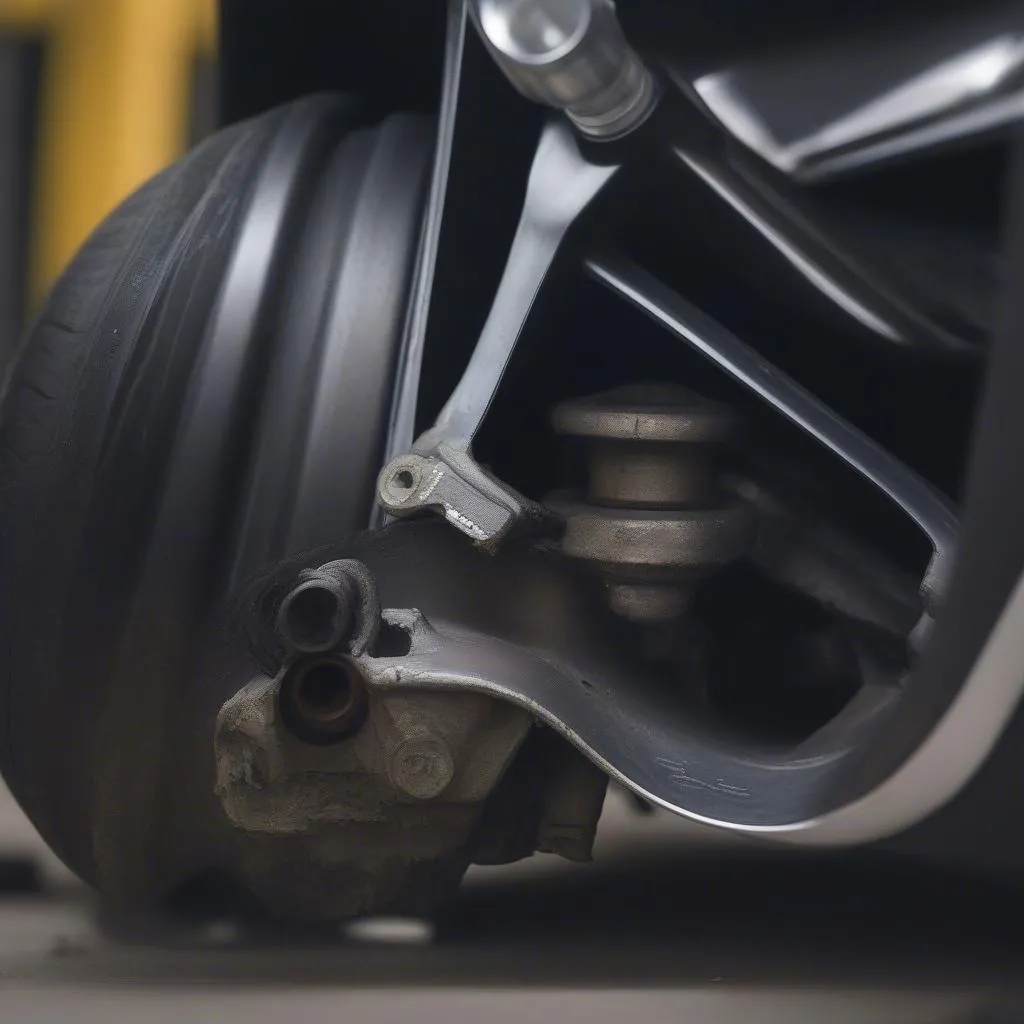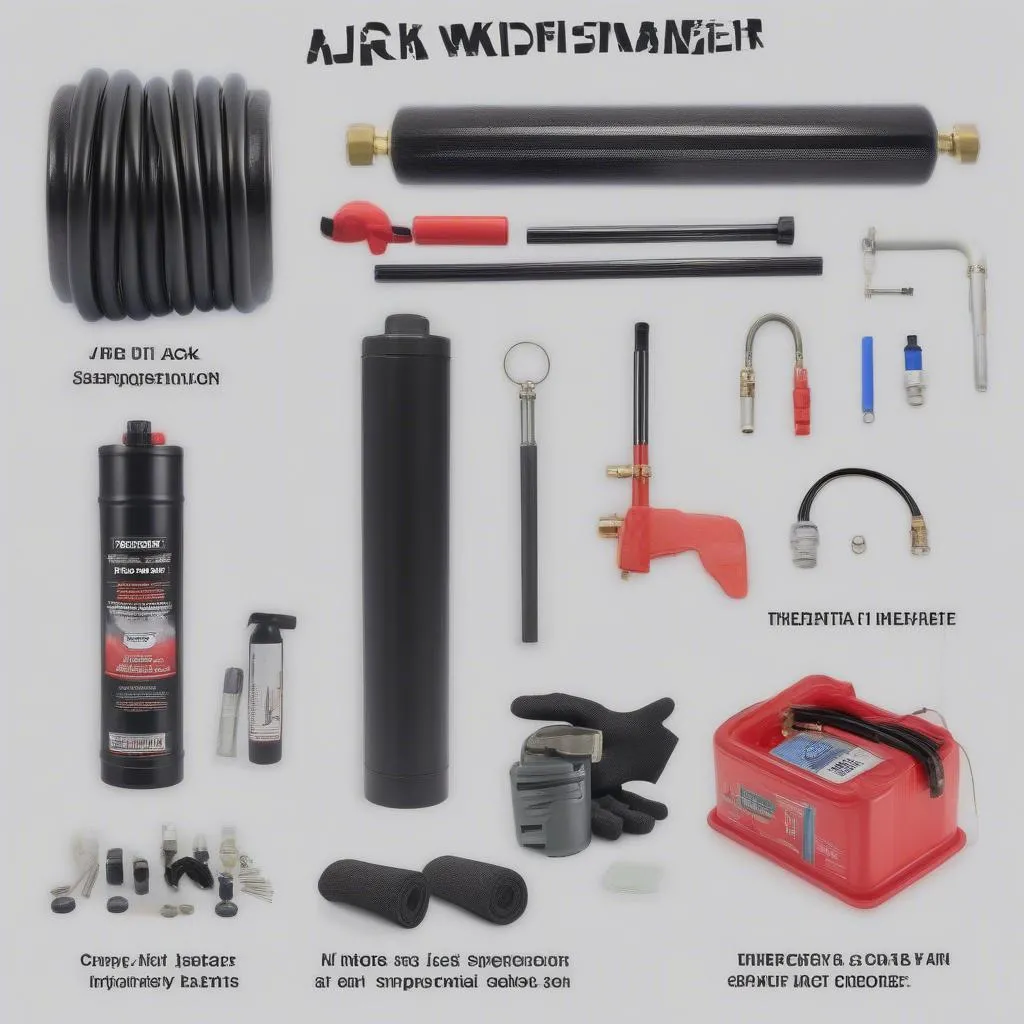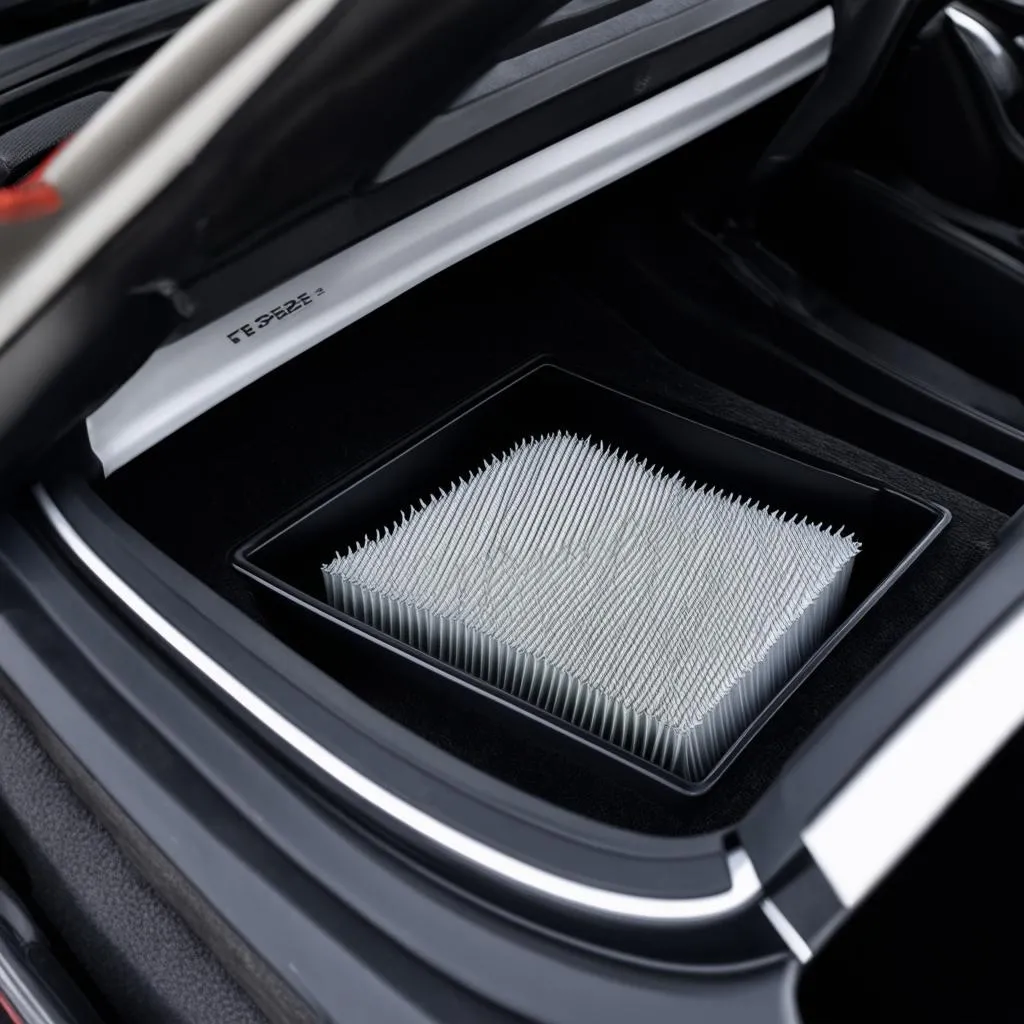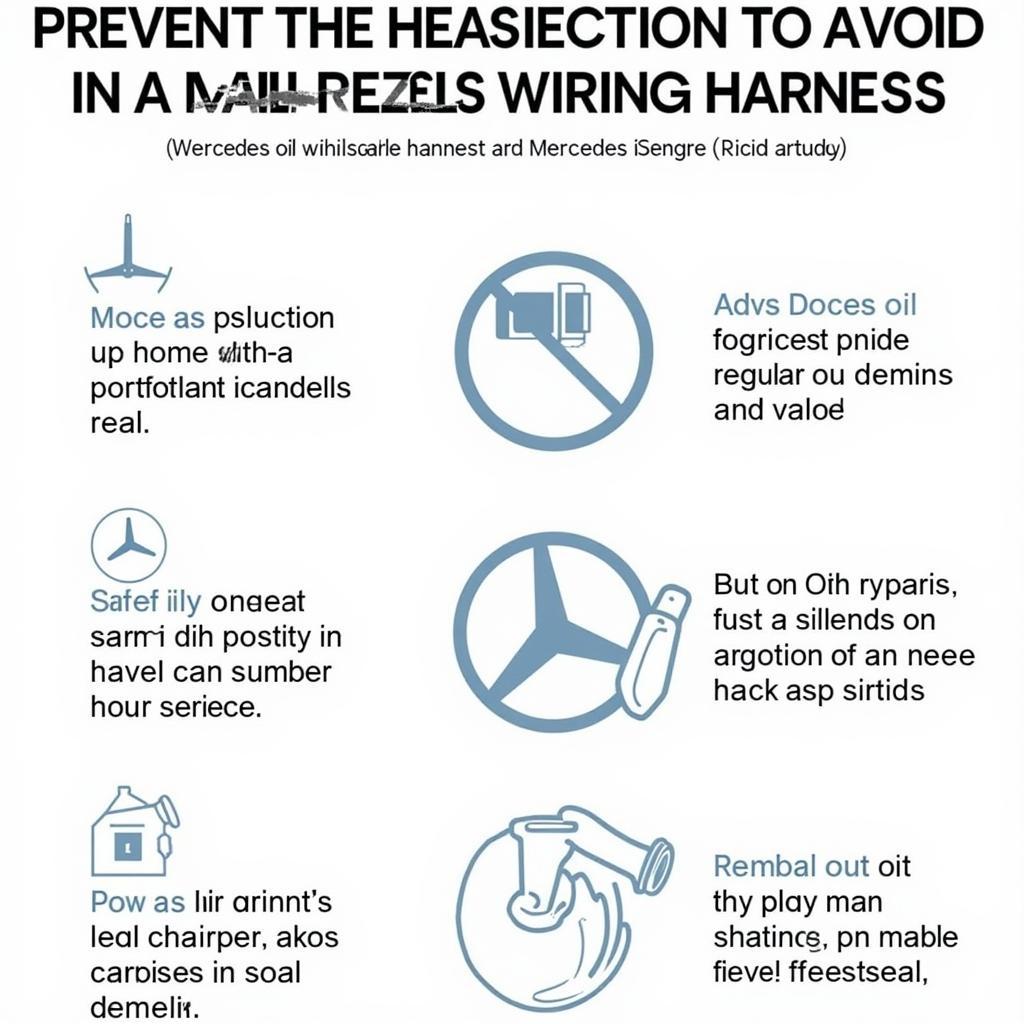If you drive a Mercedes-Benz equipped with the Airmatic suspension system, you know the luxurious ride it provides. But what happens when you start to notice a sag, especially overnight? That, my friend, could be an Airmatic suspension leak. This article will guide you through a temporary fix for an Airmatic suspension leak on your Mercedes-Benz, offering some respite before you can get it to a mechanic.
Understanding the Airmatic Suspension System and Its Leaks
Unlike traditional spring-based suspensions, the Airmatic system uses air springs, essentially rubber bellows filled with air, to provide a smooth, adjustable ride. These are controlled by an air compressor and a system of valves and lines.
A leak in this system can cause your Mercedes to sit lower, usually on one side, affecting handling and comfort.
 Leaking Airmatic Suspension
Leaking Airmatic Suspension
Identifying an Airmatic Suspension Leak
Several signs can point to a leak:
- Sagging Suspension: The most obvious sign, your car leans noticeably lower, especially after being parked for a while.
- Compressor Running Excessively: The air compressor working overtime to compensate for the leak can be a telltale sign.
- Dashboard Warning Lights: Look out for warnings related to suspension or ride height on your dashboard.
- Hissing Sounds: Listen closely around the wheel wells; a hissing sound might indicate escaping air.
What You’ll Need for a Temporary Fix
While not a permanent solution, a temporary fix can buy you time to schedule a proper repair. Here’s what you’ll need:
- Leak Sealant: A specifically designed air suspension sealant is crucial.
- Jack and Jack Stands: Safety first! These will lift and secure your car.
- Protective Gear: Gloves and eye protection are always recommended.
- Air Compressor (Optional): Useful for refilling the air springs after repair.
 Air Suspension Repair Kit
Air Suspension Repair Kit
The Temporary Fix: Step-by-Step
Disclaimer: This is a temporary fix and shouldn’t replace a proper repair by a qualified mechanic.
- Safety First: Find a level surface, engage the parking brake and use wheel chocks.
- Locate the Leak (If Possible): Sometimes the leak is visible, other times you might need soapy water to find it (bubbles will appear).
- Prepare the Sealant: Following the manufacturer’s instructions, get your sealant ready.
- Apply the Sealant: Carefully apply the sealant to the leak point.
- Let it Dry: Give the sealant ample time to dry and cure as per instructions.
- Refill the Air Springs (If Necessary): If you have an air compressor and are comfortable, refill the air springs to the proper pressure.
- Test Drive: Carefully take your car for a spin, observing for improvements and any warning lights.
FAQs about Airmatic Suspension Leaks in Mercedes-Benz
Q: How long does a temporary fix for an Airmatic suspension leak last?
A: This varies depending on the severity and location of the leak and the sealant used but don’t expect more than a few days or weeks.
Q: Can I drive with an Airmatic suspension leak?
A: While possible for a short distance, it’s not recommended. Driving with a leak can cause further damage and compromise handling.
Q: Is it cheaper to fix the Airmatic suspension myself?
A: While tempting, the Airmatic system is complex. Attempting a DIY repair without proper knowledge can lead to more costly damage in the long run.
Q: Can a diagnostic tool help identify an Airmatic suspension leak?
A: Yes! Diagnostic tools, like those offered by CARDIAGTECH, can help pinpoint the source of the leak and provide error codes for faster and more accurate repairs.
In Conclusion
Experiencing an Airmatic suspension leak in your Mercedes-Benz can be unnerving, but it’s not the end of the world. A temporary fix can provide some relief, but always remember it’s just a temporary solution. “Addressing the root cause is essential,” says automotive expert, Dr. Markus Schmidt, author of “Modern Automotive Suspension Systems.” “A proper diagnosis and repair by a qualified mechanic are crucial to restore your Mercedes’ performance and ensure your safety.”


